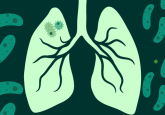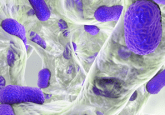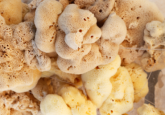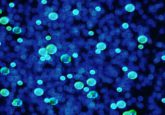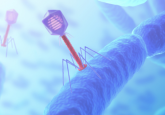The tortoise and the antibiotic: a tale of environmental pollution
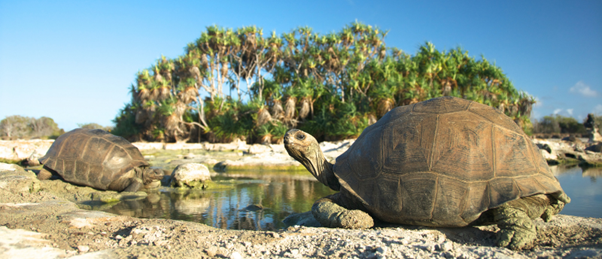
Galápagos tortoises that live in human-populated areas have more bacterial resistance to antibiotics than those that live in more isolated areas.
The giant Galápagos tortoises inhabiting the most human-populated island of the archipelago have acquired more antimicrobial resistant genes (ARGs) than those that live in more isolated ecosystems with little human contact.
Antimicrobial resistance has become one of the major threats to global public health, with the WHO predicting that by 2050 it could lead to more deaths than cancer, diabetes or traffic accidents, and result in an additional health expenditure of $1.2 trillion per year. Understanding and combatting antimicrobial resistance is a top priority for global health institutions and is one of the main goals of the One Health initiative.
The study, published in Environmental Pollution, is the first to show the detection of resistant bacteria on the Galápagos Islands (Ecuador), and means that the antibiotics can now be classed environmental pollutants.
Lead author of the study, Ainoa Nieto (Charles Darwin Foundation; Santa Cruz, Galápagos; and Complutense University of Madrid, Spain), explained: “Human activities are facilitating the dispersal of resistance into the environment, which has already been observed in other parts of the world, but which has never been demonstrated on the Galápagos Islands.”
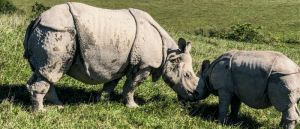 Genomic sequencing: saving the unicorns
Genomic sequencing: saving the unicorns
The Sumatran rhino is one of the most endangered mammal species in the world today, with less than 100 known individuals surviving in the wild. Due to the small population, concerns over the genetic variability of the remaining population and what this means for their future have been raised.
The researchers sampled a total of 270 tortoises from different ecosystems in the Galápagos: 200 tortoises from western Santa Cruz Island, the most human-populated island, and 70 tortoises from Alcedo Volcano on Isabela Island, an isolated area with minimal human interference.
The team analyzed fecal samples of the tortoises using quantitative PCR, screening the samples for a panel of 21 ARGs conferring resistance for eight antimicrobial classes most commonly used in human and animal medicine.
The results showed ARGs in both Santa Cruz and Alcedo Volcano tortoises; however, the tortoises inhabiting the human-populated island Santa Cruz presented higher loads of ARGs. They also found that Santa Cruz tortoises inhabiting environments that had more human modifications, such as farmlands and urban areas, showed a higher number of ARGs, antimicrobial classes and multi-resistant microbiomes than those in less urban areas of Santa Cruz.
Casilda Rodríguez (Complutense University of Madrid) commented: “We don’t know the real implications that this discovery could have for the health of giant tortoises, but resistance is considered environmental pollution, and the fact that species as iconic as Galápagos tortoises are entering into contact with these resistant bacteria implies that the ecosystem in which they live is being contaminated.”
The research highlights a new threat for the unique wildlife of the Galápagos and adds yet another negative impact of antimicrobial resistance to the list.
